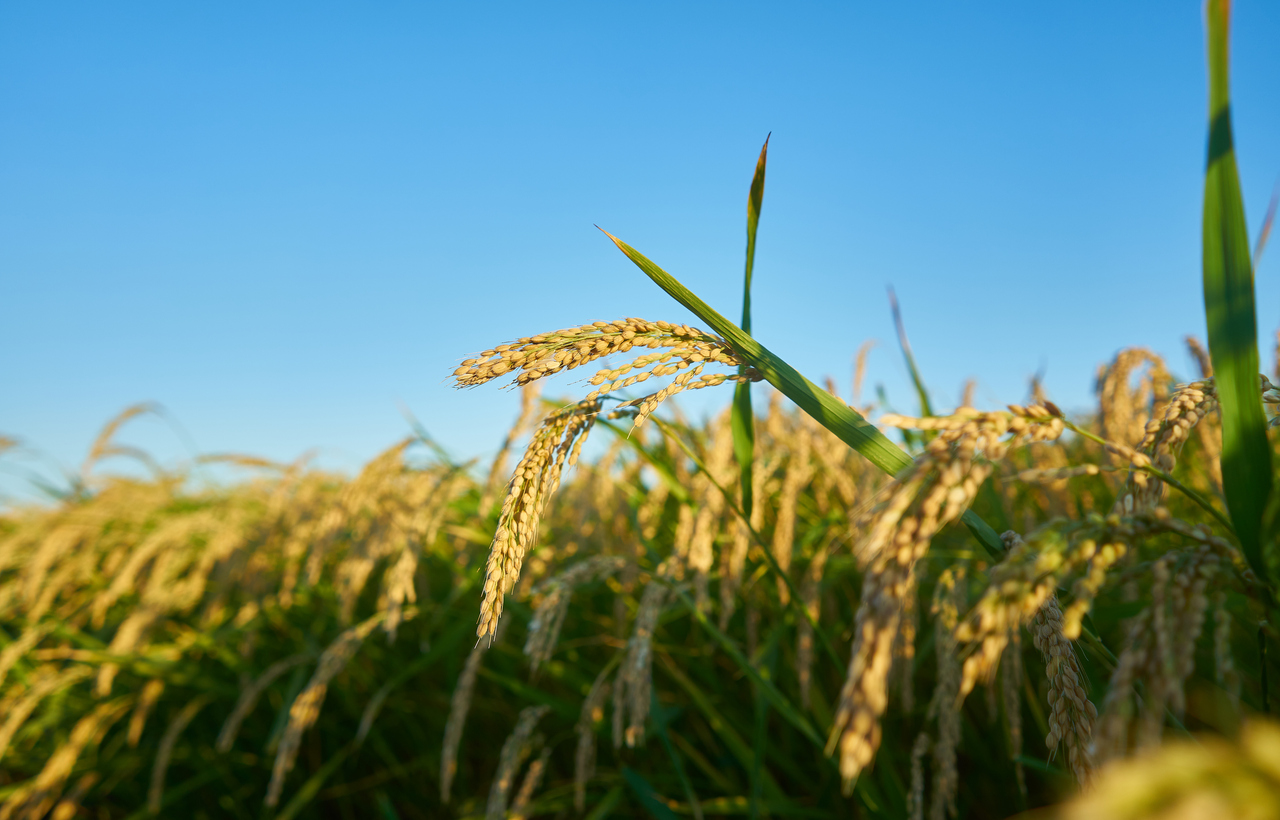
Low-cadmium Rice Developed Using CRISPR-Cas9
December 14, 2022| |
China Agricultural University scientists successfully generated low-cadmium rice germplasms using CRISPR-Cas9 gene editing. The results of their study are published in the Journal of Environmental Sciences.
Cadmium is a highly toxic heavy metal that affects living organisms. Human activities such as industrial production and agriculture have led to cadmium pollution in soils, which is a serious problem globally. Cadmium is not required for rice plants, as well as in human nutrition, and may even lead to diseases. Thus, the reduction of cadmium contamination in rice plants is vital to protect human health.
To address this problem, the researchers targeted the OsLCD gene, which has been linked to cadmium accumulation in rice. CRISPR-Cas9 was used to generate oslcd single mutants from indica and japonica rice cultivars. Osnramp5 single mutants and oslcd osnramp5 double mutants in the indica background were also developed. It was found that when grown in cadmium-contaminated paddy soils, all oslcd single mutants accumulated less cadmium than the wild types. Furthermore, oslcd single mutants grown in cadmium-contaminated hydroponic culture accumulated significantly less cadmium in the shoots as compared to the wild types. This decrease in accumulation probably resulted from the reduction of cadmium translocation under cadmium stress.
Based on the results, OsLCD knockout might be used to generate low-cadmium rice germplasms.
Read more in the Journal of Environmental Sciences.
| |
You might also like:
- BLB-resistant Vietnamese Rice Developed Using CRISPR-Cas9
- Inducible CRISPR-Cas9 Improves the Precision of Genome Editing in Rice
- Gene Editing Used to Develop Vitamin A-fortified Rice
Biotech Updates is a weekly newsletter of ISAAA, a not-for-profit organization. It is distributed for free to over 22,000 subscribers worldwide to inform them about the key developments in biosciences, especially in biotechnology. Your support will help us in our mission to feed the world with knowledge. You can help by donating as little as $10.
-
See more articles:
-
Gene Editing Supplement (December 14, 2022)
-
Research and Tools
- Low-cadmium Rice Developed Using CRISPR-Cas9
- Study Reveals Role of Wild Soybean Protein Kinase in Abiotic Resistance of Plants
- The Volcani Center Researchers Develop Gene-Edited Hens to Stop Male Chicken Slaughter
- First Gene-edited Calf Developed to be Less Susceptible to BVDV
- Scientists Find New Compact Genome Editors in Viruses
-
Policy Considerations and Approvals
- European Academies Form Task Force on Intellectual Property System for NGTs
-
Read the latest: - Biotech Updates (December 3, 2025)
- Gene Editing Supplement (November 26, 2025)
- Gene Drive Supplement (February 22, 2023)
-
Subscribe to BU: - Share
- Tweet

